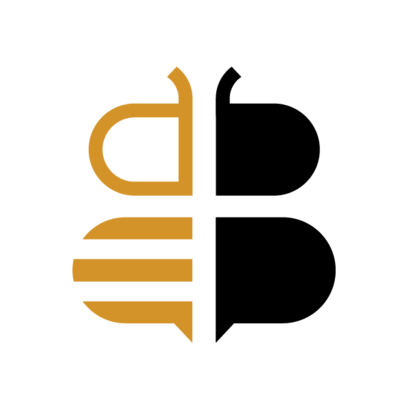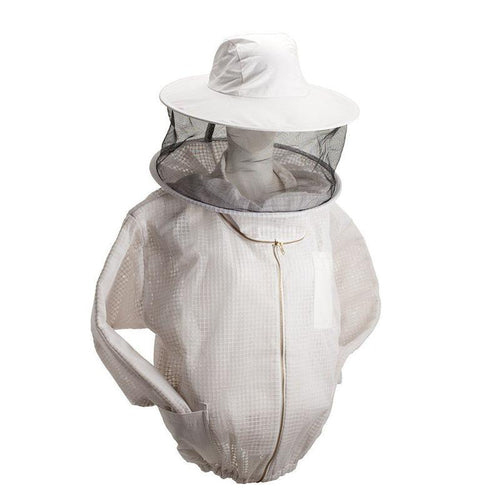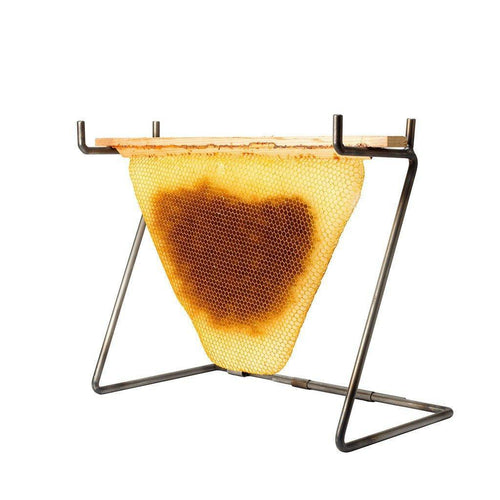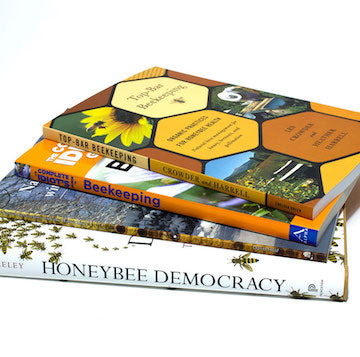This is the first blog post in a series discussing the medical benefits of honey. Over the coming weeks, we will be addressing the history of medicinal honey and the folklore surrounding it. We will also discuss the scientific evidence associated with medicinal honey and its practical uses. Lastly, we will theorize on the future role of honey in modern medicine.
The medical use of honey has been debated for thousands of years. The antiseptic and antimicrobial properties of honey have been explored and documented in numerous cultures throughout history.
The first recorded reference to medicinal honey dates back to the Sumerians at around 2000 BC. Archaeologists discovered a clay tablet in the Euphrates Valley containing the recipe for a wound treatment that included honey as an ingredient. From this point in history, applying honey to wounds as a topical healing salve or balm became the most commonly documented medicinal use of honey in cultures throughout the world.

Honey could have a longer history yet. Bees were frequently depicted in Ancient Egyptian papyruses and in the hieroglyphs found on tomb walls, including the famous tomb of Tutankhamun. The “Smith Papyrus” from 1770 BC and the “Ebers Papyrus” from 1550 BC are two exceptional examples of early prescriptive honey use. These ancient documents contain nearly 150 prescriptions, recipes, and case studies using honey, everything from wound and sore healing to indigestion and conjunctivitis treatment.
The Ancient Greeks were firm believers in the benefits of consuming honey. Ambrosia, the fabled food of the gods, was rich with honey. Early philosophers like Homer, Aristotle, and Hippocrates (considered the father of modern medicine) all believed in the healing abilities of honey, and constantly used it in the form of salves, pills, jams, or other electuaries.
China has its own rich history of medicinal honey use. Traditional Chinese Medicine views honey as important due to its balanced character, containing neither “yin” nor “yang,” known as Feng Mi. TheCompendium of Materia Medica, one of the most important books in traditional Chinese medicine, was written during the Xin Dynasty and recommends honey be taken daily to maintain internal and external vitality.
Honey, nectar, and bees are also deeply rooted in India’s history. Ancient Indian texts, such as the Rigveda and Upanishads, go into great detail about the mutual relationship between bees and humans, but none go into as much depth as the texts of Ayurvedic Medicine. Ayurvedic scriptures refer to honey asmadhu, which means “the perfection of sweet.” Ayurvedic medicine liberally prescribes honey for use in treating countless ailments, including eye diseases, vomiting, cough, thirst, asthma, phlegm, hiccups, worm infestation, blood in vomit, leprosy, diabetes, diarrhea, obesity, healing wounds, and more. 
The Qur’an, the central religious text of Islam,has a section dedicated to honey bees.This section is calledSūrat an-Naḥl and it speaks directly to the bees, instructing them to scour the earth for nectar and to take up residence in the mountains, trees, and other manmade structures (early hives), for “...from inside them comes a drink of varying colours, containing healing for mankind.” This reference to honey implies not only an early recognition of the symbiotic relationship between man and bee, but also clearly identifies honey as a healing tool for man, setting the stage for its inclusion in modern medical practices.
Next week we’ll be going deeper into the folklore surrounding medicinal honey, specifically Chinese and Ayurvedic Medicine.

















